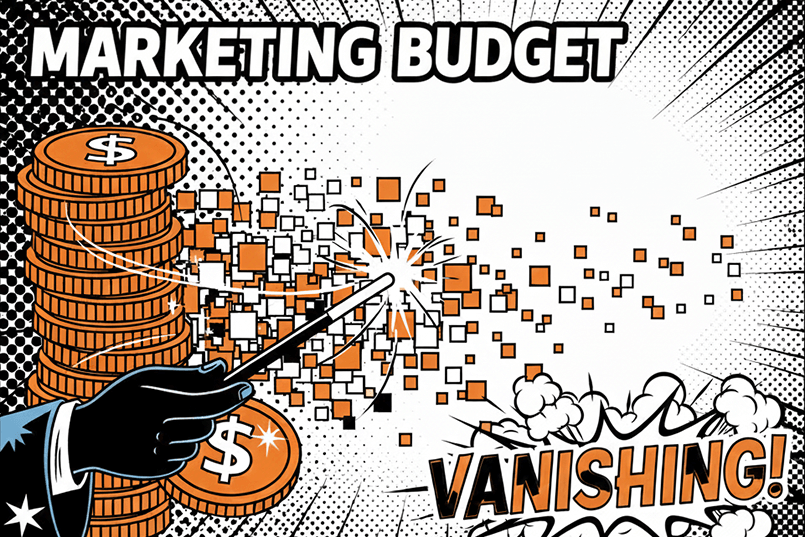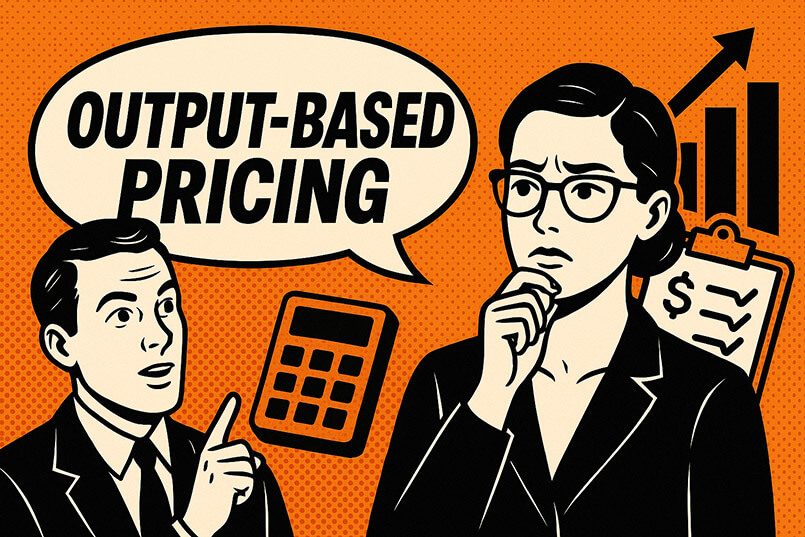We have been working with value based remuneration (VBR) or compensation (VBC) models since 2007 and have implemented these in various forms with a number of major marketers. But we still find that despite the continuing industry discussion on VBC, many marketers and some procurement people are still confused on the fixed price or value pricing component of the model.
Most people understand the performance based component and the payment for performance, as this is increasingly integrated into the more traditional cost recovery models such as retainers and fees. But it is the process of setting a price based on value and not simply based on cost that is challenging for many.
I thought that perhaps a visual metaphor using children’s wooden blocks could help explain the basic principles of the price based component of the VBC model. Have a look and let me know what you think.
Does it make it clearer for you? I have also included a presentation I gave on the difference between performance (Either PBR or P4P) and the pricing described here as together they create a true VBC solution.
Transcript:
How to develop a price based remuneration model for your agencies
I am going to ask you to use your imagination here.
Okay?
This is a 30 second television commercial.
And this is a 30 second television commercial.
This commercial is a brand ad that will have $20 million in media invested behind it in the next 12 months.
This one is a tactical retail spot that will run for 6 weeks and have $2 million in media spent on it.
But based on the number of agency hours and agency cost involved to produce it, the agencies could logically argue that the cost is the same. But are they both worth the same to you, the marketer?
Or is one worth more than the other? Or to make the point, does one have greater value to you than the other?
Because the idea of putting a price on agency services is the basis of Value Based Remuneration.
It means moving away from the cost of producing the idea and putting a monetary value on the output.
The value is determined by strategic importance, geographic use, the period of use, overall investment and expected return on investment.
Then the agency has a clear understanding of your expectations and can then manage their resources and costs to deliver your requirements.
And you can set prices on anything.
A website, a print campaign, a mobile app.
And when you add them all together, you get the total agency fee — and not an agency timesheet in sight.
Neat, hey?
Price based agency remuneration makes sense.




